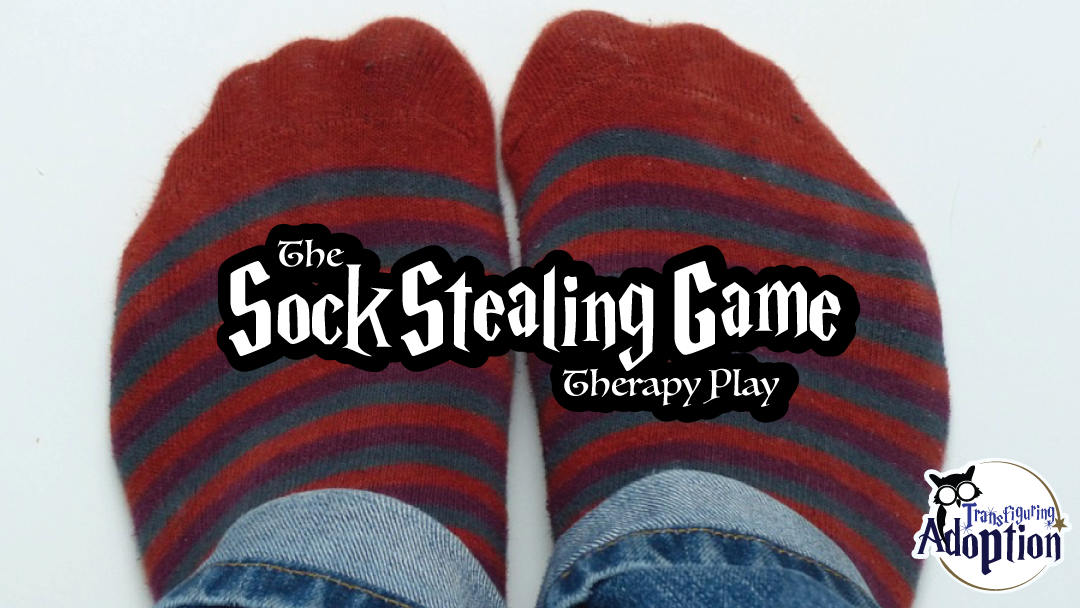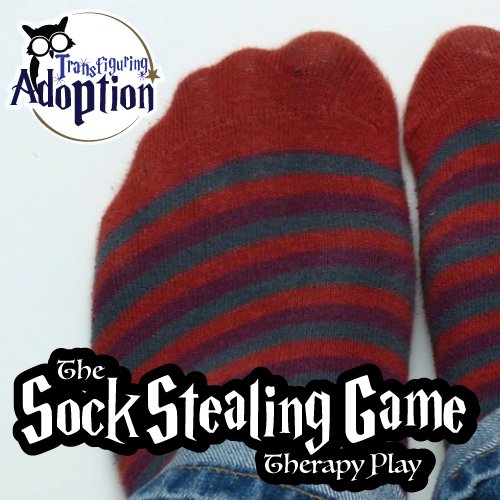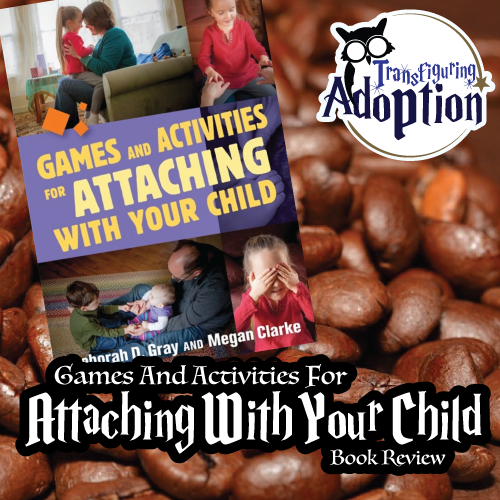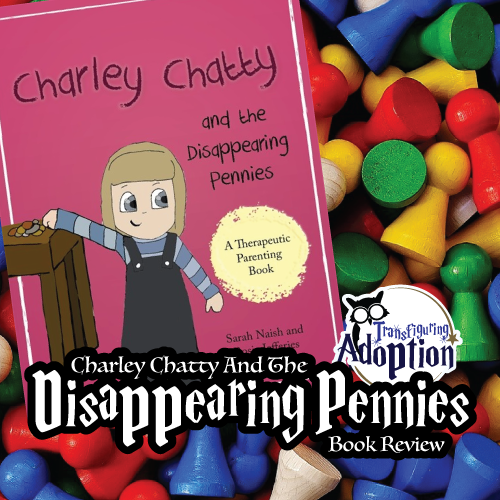Building Bonds
Building relationships with kids who have been abused or neglected can be pretty tricky. As a foster and adoptive mom, the children I cared for were often distrustful, wary of adults and intensely anxious. They often sat surrounded by toys, but disinterested or unable to play, especially independently.
After meeting a therapist who used filial (parent led) play therapy with children in foster care, I began to explore how mindfully playing with my children could become part of their healing and attachment process. I later took a workshop in Playful Parenting and left feeling really empowered to laugh, play and connect with my kids, even when their behaviors were difficult. What I learned there, led me to institute a Family Playtime with each of my kids at least twice a week.
Family Playtime
- Connection
Family Playtime helps me connect with my kids by providing a time for one-on-one, undivided attention. During this time, I don’t check my texts, have the news on the background or sneakily try to organize my desk. It’s all about the kiddo. Even when my schedule gets really busy 3-6 minutes of uninterrupted play helps us feel closer and more connected. - Safe, Healthy Physical Touch
Playtime reinforces safe, healthy physical touch. Physical/Sexual abuse and neglect can cause children to have unhealthy boundaries around touch. Playing games with appropriate physical contact can help define those boundaries and make touch feel safe again. Games that involve holding hands, touching palms or sitting criss-cross-applesauce with our knees touching were a successful way to initiate appropriate physical intimacy with one of my touch-averse foster placements. - Successful Kids
Family Playtime offers kids a place to be powerful and successful. For kids who have no control over their lives, power is a hot commodity. Playtime provides a place for kids to be in charge and have total mastery over the environment. The truth is, the games are rigged! I almost always allow the kids to win and they love it when I “trip”, have them make up the rules or pretend that the ball is so heavy I can’t lift it and they are just so, very strong. Setting aside this time for my kids to be successful and in full control, developed feelings of competence and confidence, and their need to initiate power struggles in other areas decreased.
The Sock Stealing Game
The Sock Stealing Game is one of our family’s favorite attachment games. It’s silly, fun and easy to play with kids of all ages and developmental levels. Players simply attempt to pull the socks off their opponent’s feet while staying seated and scooting around the floor or while crawling on their hands and knees. It’s great for one-on-one play or as a team game- kids against adults is always fun. The Sock Stealing Game provides lots of chances for appropriate, non-threatening physical touch and eye contact and helps children feel powerful and competent when they successfully snatch a sock!
Play is a fun and fabulous way to build or strengthen your bond with your kids. Therapeutic parenting doesn’t have to be drudgery. Grab your favorite socks, your favorite kids and go play!
About the Author: Allison Cooke Douglas is the Family Advocate with Harmony Family Center's Adoption Support and Preservation (ASAP) Program. She attended Freed Hardeman University, receiving a BA in History, and Orlando Montessori Teacher Training Institute, where she completed her AMS Montessori Early Childhood Education licensure. Allison has been a teacher for over a decade, starting her career as a Montessori early childhood educator. After acting as a DCS foster parent for several years, Allison became the lead resource training specialist in Knox County, TN facilitating Parents as Tender Healers (PATH) in the Knox region. Allison is a past president of the Knox County Foster Care Association, the regional representative to the Tennessee Foster and Adoptive Care Association, and she served as a team member on a Breakthrough Series Collaborative project focusing on trauma assessment and treatment for children from birth to age 4.




